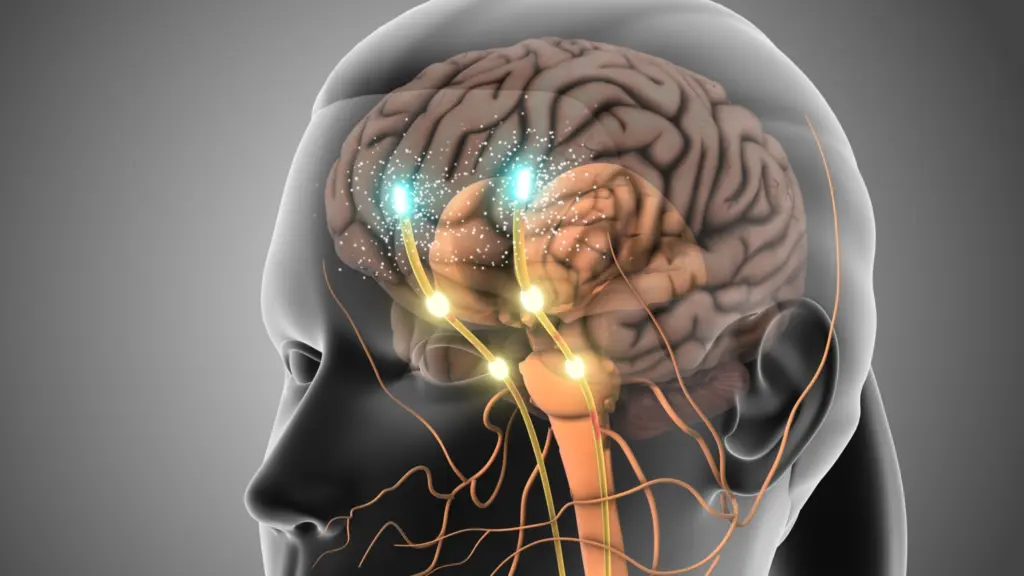
A recent study from researchers at Karolinska Institutet, Columbia University, and the University of San Francisco has revealed a novel mechanism by which dopamine influences brain function. The study, published in Sciences Advances, highlights how dopamine, a crucial neurotransmitter associated with movement and motivation, can indirectly boost serotonin levels, further affecting brain activity.
Dopamine plays a vital role in various brain functions, including motivation, movement, and learning. It is predominantly active in the basal ganglia, a set of interconnected brain regions responsible for selecting and regulating behaviors. This area, along with dopamine, is significantly involved in neuropsychiatric and neurodegenerative disorders. Despite its critical functions, dopamine is produced by a small group of neurons located deep within the brain, which sends extensive projections to various regions, effectively distributing this important chemical.
Research conducted by the team focused on dopamine’s local effects, particularly within the substantia nigra pars reticulata (SNr). “Rather than examining dopamine’s effects at distant targets, we set out to understand how dopamine released within the SNr itself influences basal ganglia function,” explained Anders Borgkvist, a researcher at the Department of Neuroscience and the study’s lead author.
The findings unveil a previously unknown mechanism whereby dopamine can exert indirect effects through serotonin. “For the first time, we have identified a mechanism through which dopamine can exert indirect effects by acting through serotonin,” noted Maya Molinari, the study’s first author. This neurotransmitter interaction, often referred to as “crosstalk,” suggests that similar relationships between neurotransmitters may be more common than previously understood.
The interplay between dopamine and serotonin is essential for regulating motivation and mood. This study indicates a synaptic connection between these two neurotransmitters, which may have significant implications for understanding neurological disorders that impact movement and motivation. “Ultimately, understanding these chemical relationships can deepen our understanding of neurological disorders affecting movement, motivation, or both,” Molinari added.
To conduct their research, the team utilized advanced techniques, including two-photon imaging for real-time monitoring of serotonin and optogenetics to manipulate specific neurons using light. These methodologies allowed them to map how dopamine indirectly influences the output of the basal ganglia.
The researchers measured the activity of SNr neurons and the release of GABA, a neurotransmitter that plays a critical role in regulating neuronal excitability throughout the nervous system. By using drugs that target both dopamine and serotonin receptors, they discovered how dopamine indirectly regulates GABA release via serotonin, indicating potential interactions between these neurotransmitters.
Moving forward, the team aims to explore whether these dopamine-serotonin interactions could affect disease states like Parkinson’s disease, where the loss of dopamine-producing cells disrupts basal ganglia circuits. “We will assess whether altering this interaction improves circuit function or motor symptoms. Additionally, we will investigate if similar pathways occur in other brain regions linked to motivation, reward, and mood, which may expand clinical relevance,” Borgkvist stated.
This research not only sheds light on the complex interactions between neurotransmitters but also paves the way for future studies that could enhance understanding and treatment of neurological diseases. As the scientific community delves deeper into these biological connections, the potential for new therapeutic approaches may emerge, offering hope for individuals affected by disorders linked to motivation and movement.







